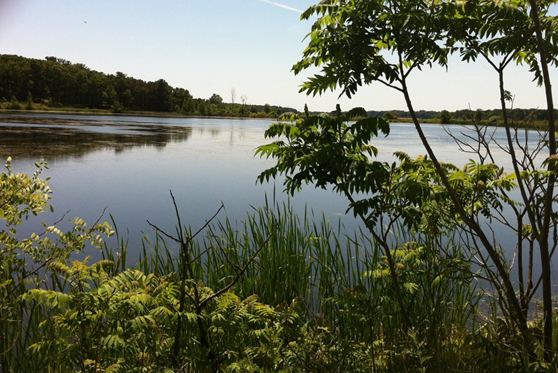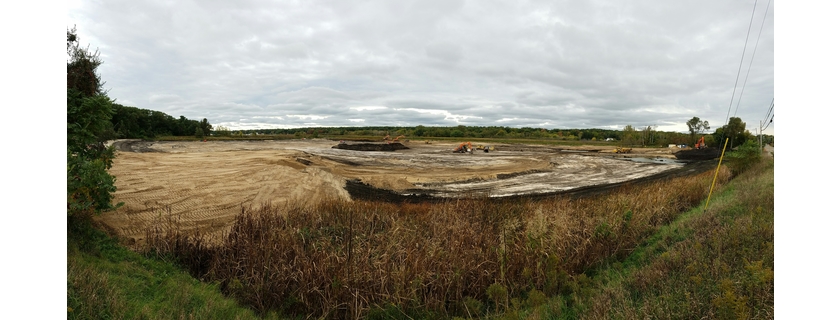
NOAA Protects Wetlands in Muskegon Lake Area of Concern
Content for this article written by NOAA’s Office for Coastal Management. Please contact Elizabeth.Mountz@noaa.gov for more information.
NOAA is working with local partners to invest in the Muskegon Lake Area of Concern (AOC), bringing it closer to the goal of delisting by the U.S. Environmental Protection Agency. Delisting occurs when all management actions needed to restore a damaged or degraded habitat have been completed. Michigan’s Muskegon County purchased land, while a second investment by the NOAA Restoration Center is working to restore wetlands near the lake. Together, these programs are helping Muskegon Lake recover its biological, chemical and physical health.
For example, a 39-acre former celery farm on Bear Creek, which empties into Muskegon Lake, was purchased with an AOC grant to Muskegon County. The farm’s growing fields—originally all wetlands—were treated with fertilizers high in phosphorus and other nutrients. These compounds ended up in the watershed. Now, the wetlands and more than 2,000 linear feet of shoreline are being restored, and nearly 150,000 metric tons of fill and harmful phosphorus-laden sediment have been removed from the site.

In December 2015, AOC funds were also used to protect another 57-acre diked wetland property adjacent to Cedar Creek, part of Muskegon Lake’s watershed. The project partners plan to restore the riverine connection, allowing the property to provide nursery habitat for waterfowl, fish, and amphibians.
To learn more, read the full article from NOAA.
